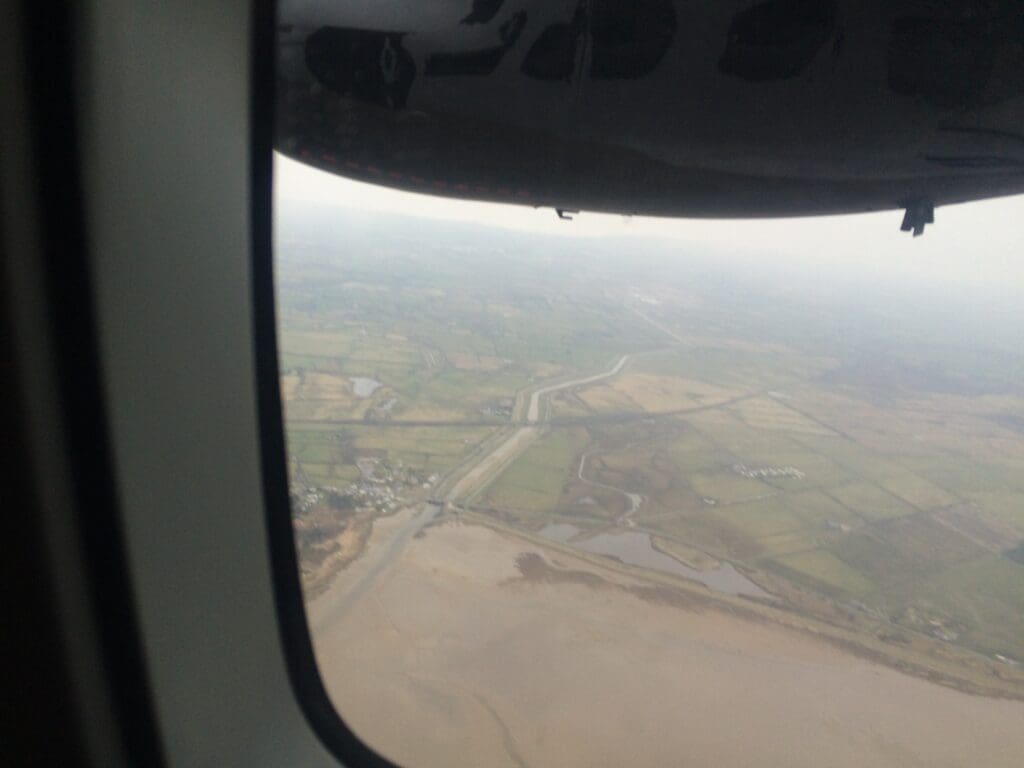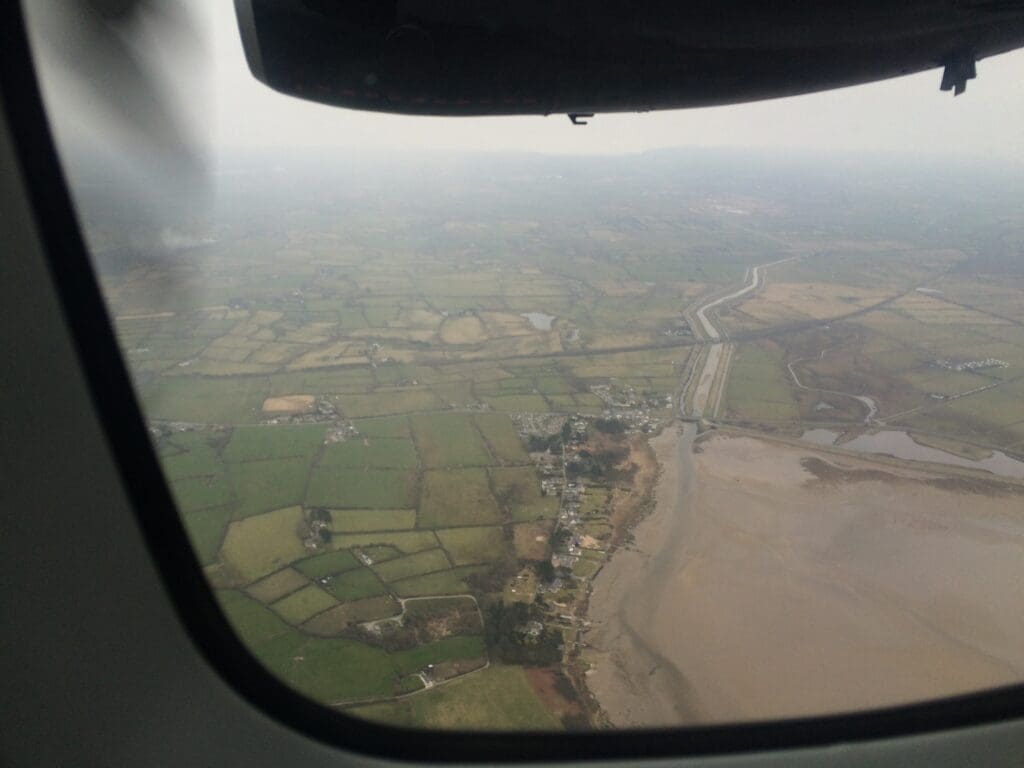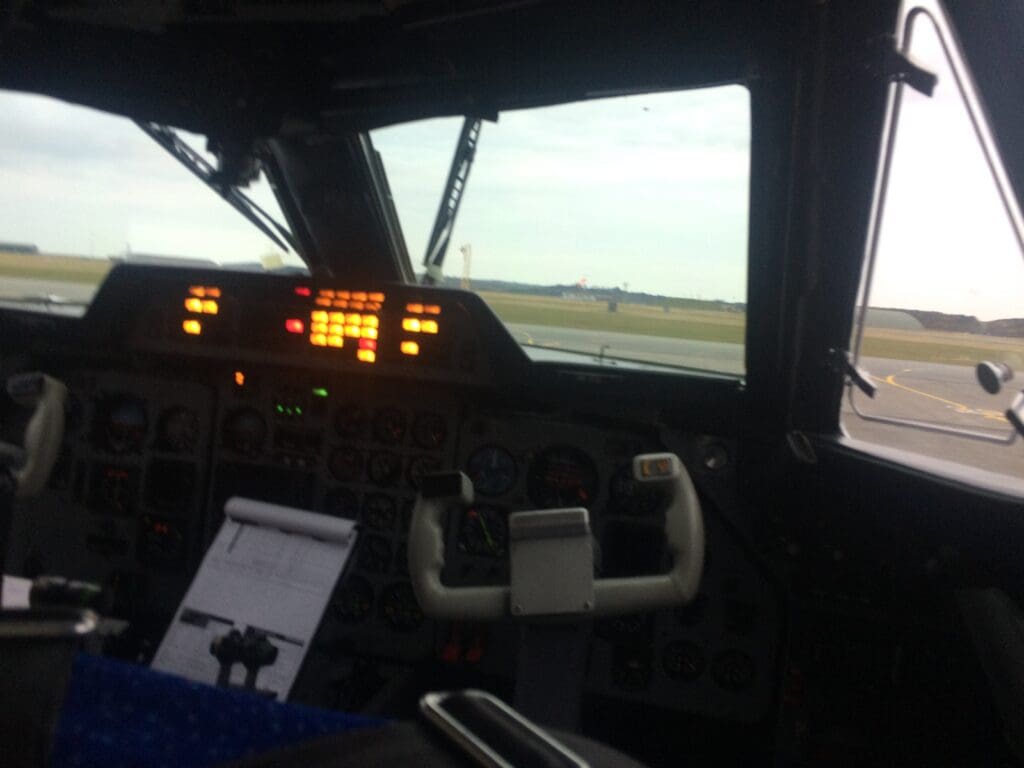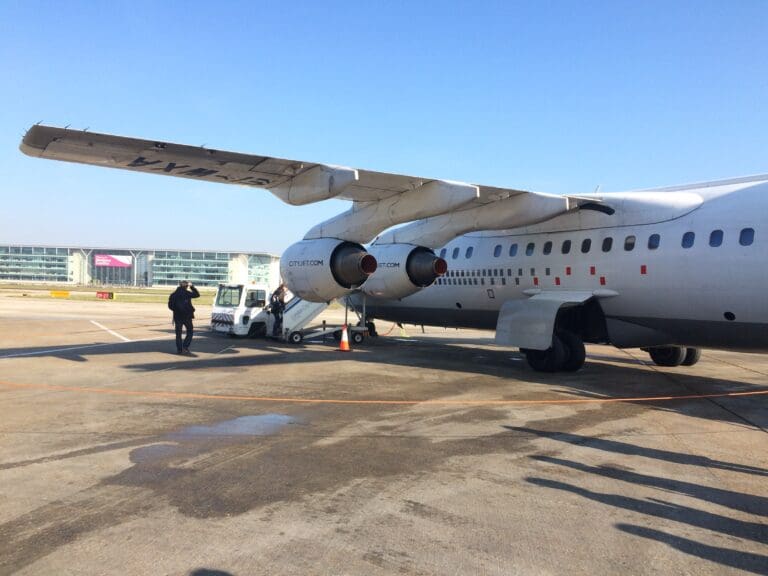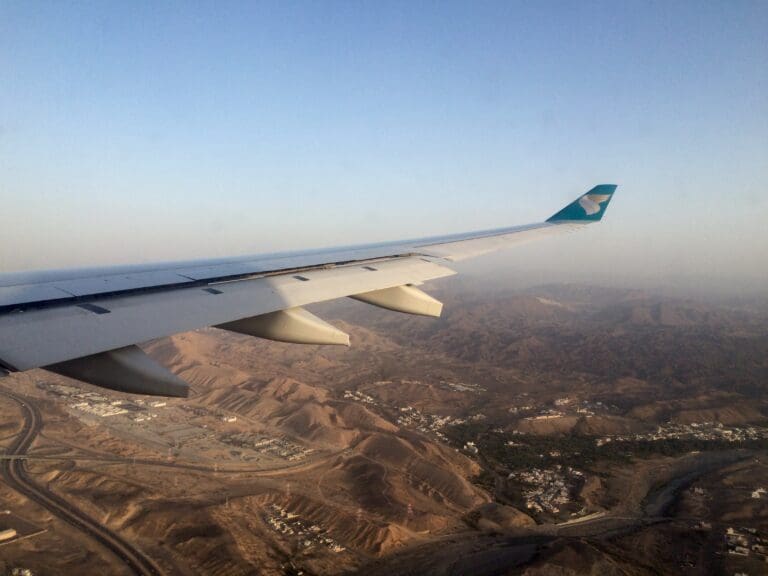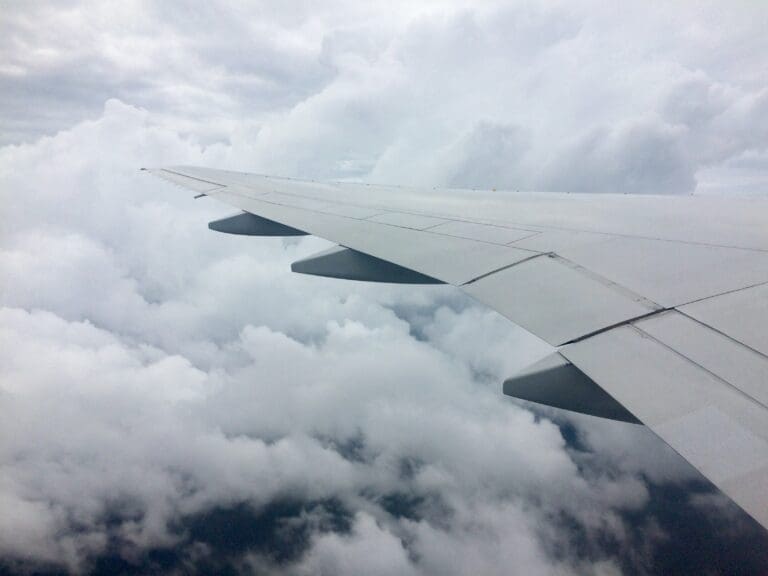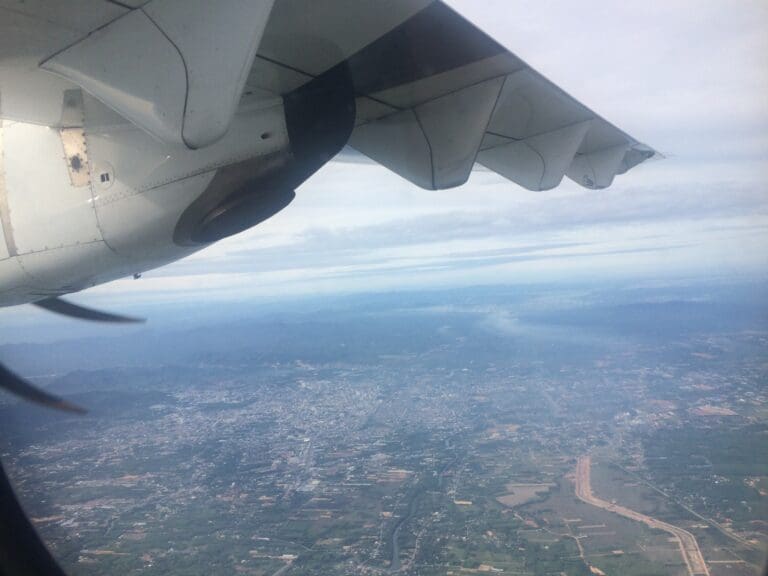Sampling the Let L-410 on Wales’ Only Domestic Flight
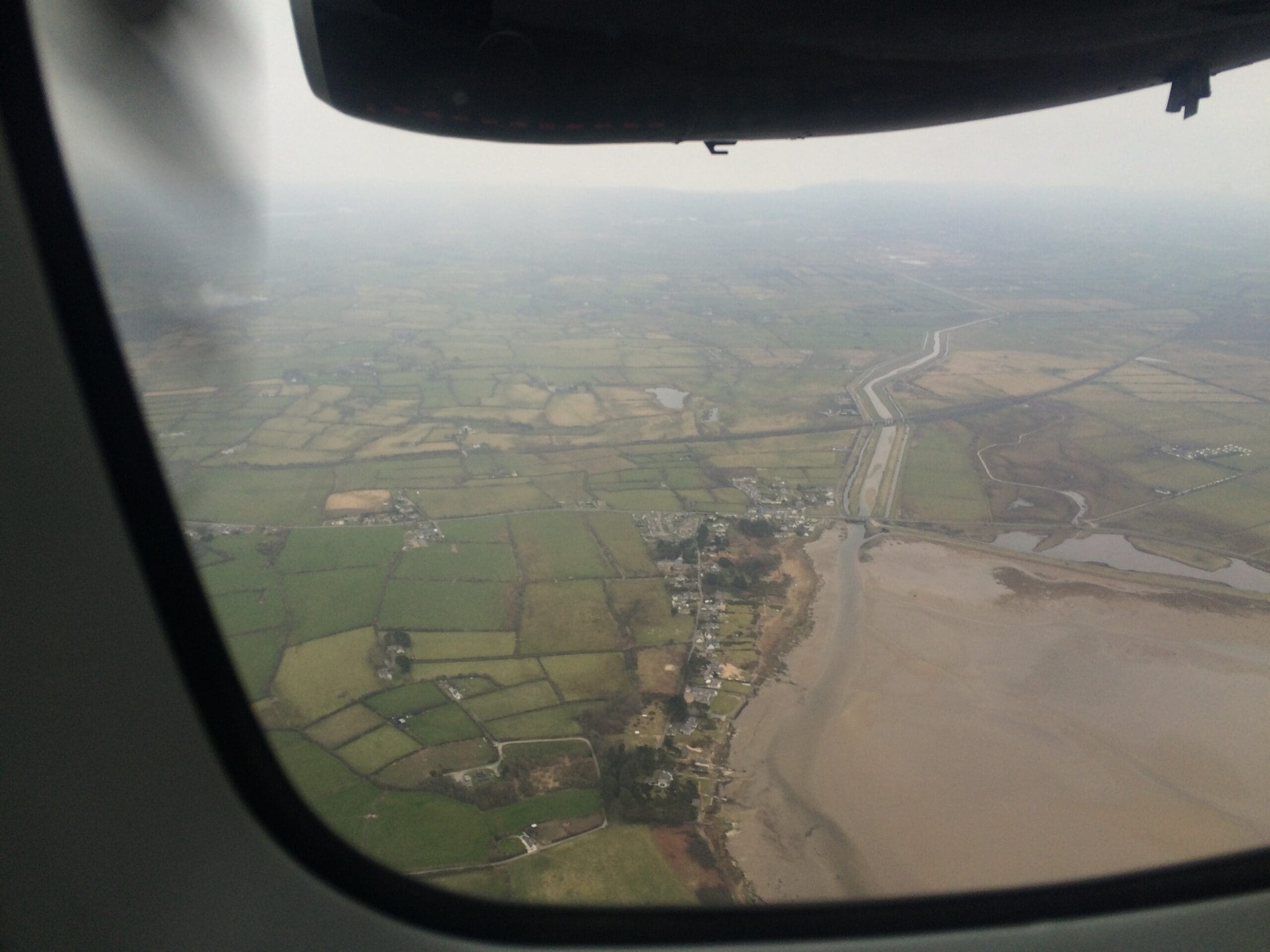
Background
Travelling between North and South Wales by road or rail is not a particularly quick task – with the journey between Holyhead on the island of Anglesey and Cardiff taking around four and a half hours by both car and train. With this making day trips between the two regions all but impossible, following extensive negotiations and the development of a small civilian terminal on the grounds of RAF Valley – the home of the UK’s fast jet training, in May 2007 Wales’ only domestic flight came into operation. Having been operated by a range of aircraft, in recent times Doncaster Sheffield Airport based Links Air operated this service with an increasingly rare BAe Jetstream 31. However, in October 2015 the CAA suspended the carrier’s operating certificate over safety concerns however the carrier continued to sell tickets for this service however the flights were operated by Dragonfly Air Charter, North Flying A/S and Van Air Europe with Beechcraft King Airs, Metroliners and Let L-410 Turbolets respectively.
As a PSO route, tickets for this service are subsidised and according to Link Air’s website flight prices between this are fixed at £19 – an absolute bargain! Following a quick and easy booking, I was set to fly from Anglesey Airport to Cardiff onboard a North Flying A/S Metroliner in early February 2016. Everything was looking good until just over two weeks before the trip when I received an email from Links Air informing me that due to the airline’s ‘unfortunate position with the Welsh Government’ all flights from 25/1 would be cancelled. It is also worth noting that the carrier revealed the email addresses of all passengers set to fly on the service over the coming months – a clear breach of data protection! Fortunately, Isle of Man based virtual airline Citywing had taken over the route at the last minute however their tender to operate the route only lasted until 5/2. Following a couple of phone calls I was advised to contact Citywing in a week’s time in order to find out what would happen with the flight.
Admittedly, the uncertainty of which aircraft I would end up on added some last minute excitement – with a Beechcraft King Air, Let L-410 and Metroliner all potentially on the cards! Fortunately, things settled down and my flight ended up going ahead and would be operated by a North Flying A/S Metroliner. Or, that was indeed the case until I was on my way to Anglesey Airport when an hour before my flight I received a phone call advising me that the flight was cancelled and that I could rebook or receive a refund. With that week proving to be the final week of Metroliner operations on the route, I was a little disappointed however I rescheduled for a month and a half later in March 2016 and would end up on a Van Air Europe Let L-410.
The Journey
Hailing from Sheffield but residing in London, Cardiff Airport is not one that I find myself passing through often. In fact, the last and only time that I had previously passed through the airport was when I had arrived in Cardiff onboard a Dash 8 Q300 operated by the long defunct carrier Air Southwest. On the day of my flight, I arrived at Cardiff Airport much earlier than required which was perhaps somewhat of a mistake and I found myself with very little to do, plus, to make matters worse the airport’s complimentary wifi did not work and few plug sockets were available to charge my phone. With the Let L-410 capable of carrying just nineteen passengers, there is no point in check-in opening hours ahead of the scheduled departure time with this set to open at 1510, an hour prior to departure.
With no option to check-in online, at this time I walked up to Citywing’s well branded counter and following a quick dialogue with a friendly check-in agent my boarding pass was printed off with this revealing that there would be free seating onboard the flight up to Anglesey. With this in hand I made my way up to the security check where I encountered perhaps the friendliest security staff that I have come across in the UK! Once through security, there wasn’t a great deal to do in the airside portion of Cardiff Airport, with little other than a restaurant and café, and a newsagent.
Having been awake since 0400, I took a short nap and at 1600 boarding for the flight to Anglesey was called and upon arriving at the gate I was met by the sight of a small gaggle of passengers, many of whom appeared to be regulars and were chatting to one another. As soon as I arrived at the gate, boarding commenced and we all headed outside towards the rather distinctive looking Let L-410 waiting at the stand. That day, the aircraft operating the flight took the form of Let L-410UVP-E Turbolet OK-TCA which sported an all-white livery bar a Czech flag on the tail and the aircraft’s name beneath the cockpit window (sorry, I can’t remember what this was). Manufactured in 1990, this particular aircraft was around 26 years old at the time of my flight.

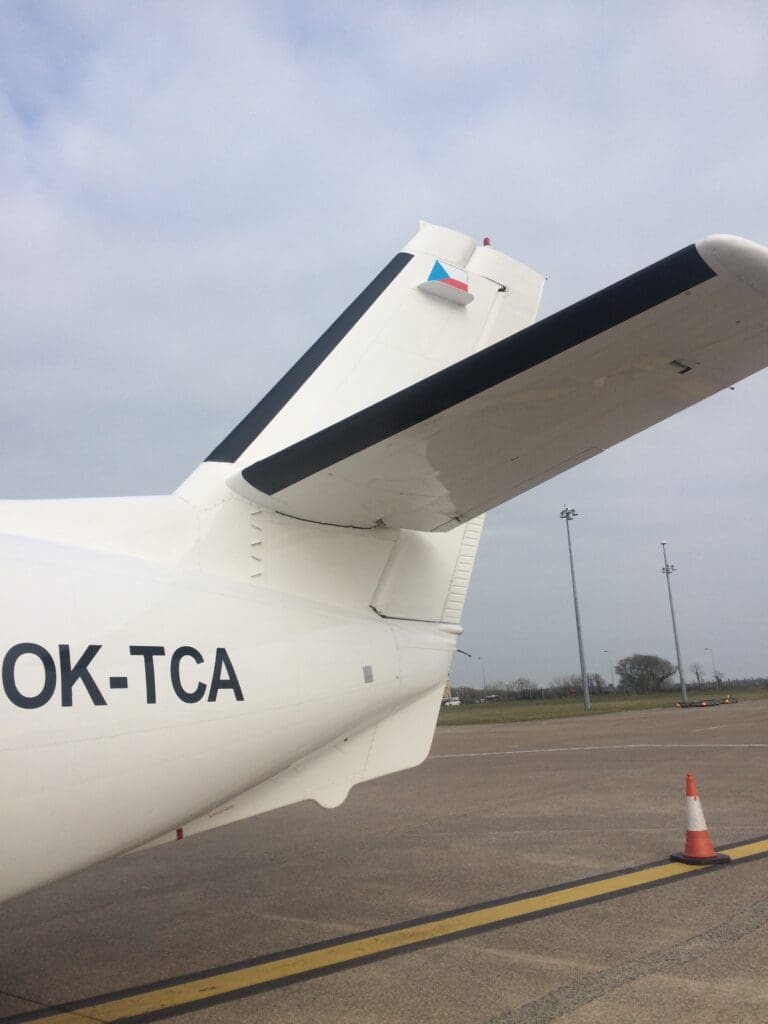
As soon as I climbed up the metal steps and into the cabin I handed my bag to the co-pilot who then placed this in the luggage compartment at the rear of the aircraft. Being one of the last passengers to board, the only window seat to remain vacant at this time was 1C – located right behind the first officer! Onboard, the cabin of this turboprop definitely seemed to look rather vintage and utilitarian, and was complete with curtains covering the large windows on either side of the fuselage. However, this did appear to be in a clear and tidy state. Unlike the other Van Air Europe aircraft that operate for Citywing, this particular example seemed to lack the massive flatscreen television that can be found on the bulkhead that separates the cockpit from the cabin. Shortly after taking my seat, the first officer made their way from the rear of the cabin to the front of this and conducted a short welcome and safety speech before squeezing past me and climbing up into the cockpit. After several radio calls and checklists, the two crew in front of me began the engine start up procedures and soon the Turbolet’s two engines whined into life, drowning out any conversations amongst the passengers and making any further conversations near impossible.

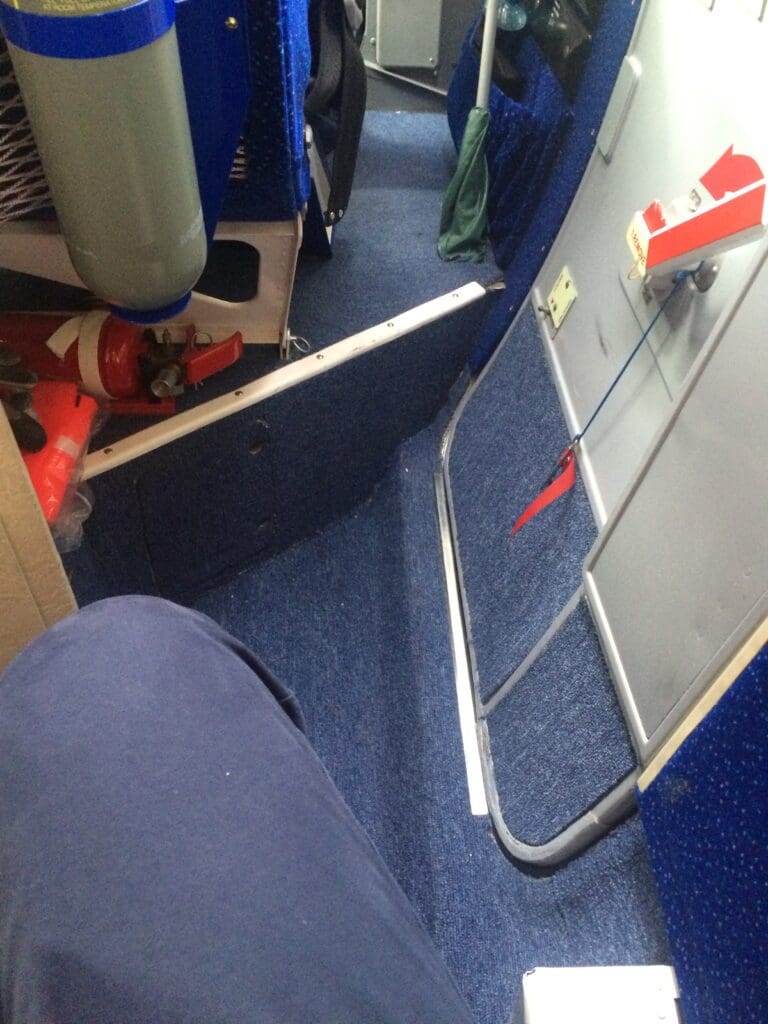
Once the two engines spooled up, the Let began its quick taxi to runway 12 during which the aircraft passed gigantic Boeing 747-400s, Boeing 767-300s and Boeing 777-200ERs at British Airways’ local maintenance facility. With no holding required, we soon rocketed off southeastwards and made our way up into the cloudy skies of South Wales, passing over the caravans and cliffs of Rhoose before turning northwards and heading up into the clouds. Whilst this flight would likely prove to be rather scenic in good weather, unfortunately nothing of the Welsh landscape could be seen that day until we were on approach to Anglesey Airport.
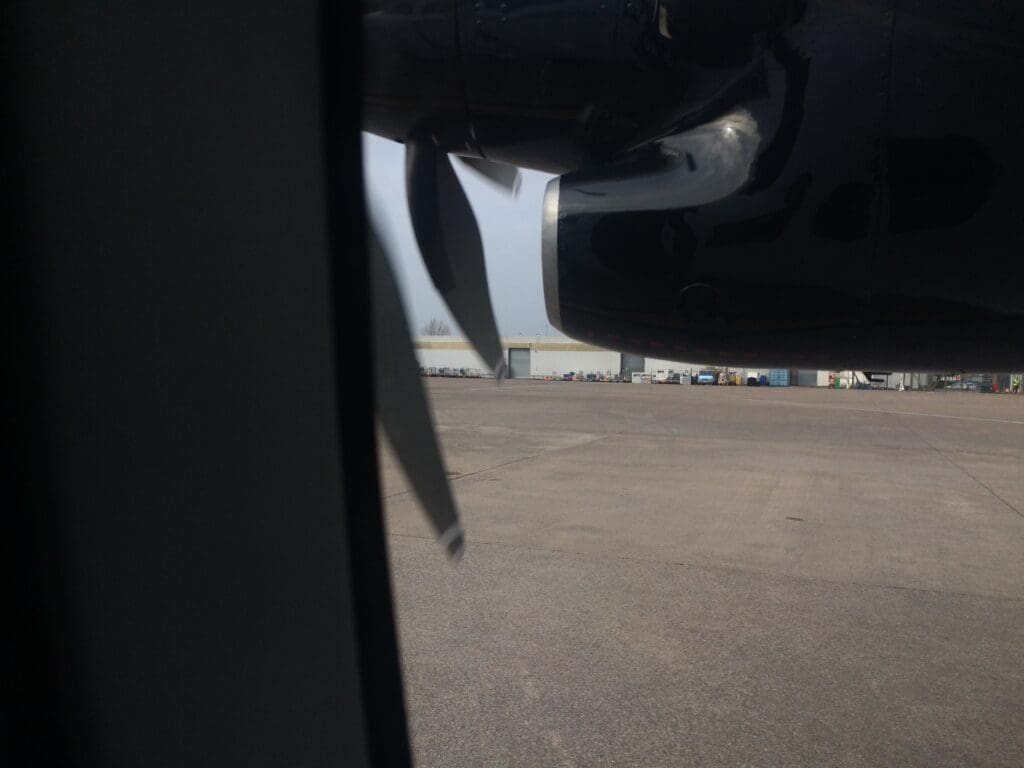
With no cabin crew onboard, I don’t have too much to report on in terms of service and spent the duration of the short flight soaking up the atmosphere of this legendary Czech turboprop. That afternoon, our flight took us over the Brecon Beacons and central Powys before we headed into Gwynedd, flying over southern Snowdonia before we headed out over the water, leaving the coast at Barmouth making landfall again near Pwllheli. Before I knew it we were heading downwards from our cruising altitude of 9000 feet. Eventually the interesting Anglesey coastline came into view. Our approach to runway 31 then took us along the railway from Holyhead. After passing over Llanfaelog we made a very smooth landing and decelerated past a sea of RAF Hawks. We arrived at the terminal a minute or so later and the engines were shut down immediately although we remained seated as the first officer unloaded our bags onto the apron. A couple of minutes later we disembarked in an orderly fashion and made our way into the small, but pleasant terminal building.
